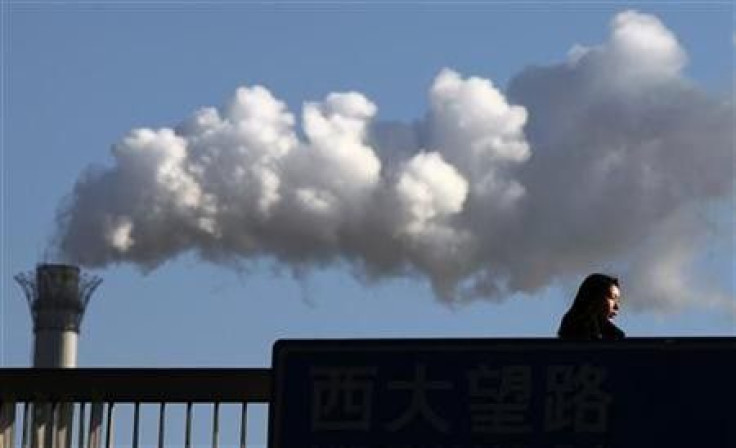Climate Change 2016: Light-Driven Bacteria Can Convert Carbon Dioxide Into Fuel, New Study Finds

Bacteria may hold the key to figuring out how to tamp down our greenhouse gas problem.
Researchers at Utah State University have been able to convert carbon dioxide emissions from fossil fuel combustion into usable fuels, according to a study published Monday in Proceedings of the National Academy of Sciences. Scientists used a phototropic bacterium — bacteria that respond to light stimuli — known as Rhodopseudomonas palustris as a catalyst to generate methane from the greenhouse gas.
"It's a baby step, but it's also a big step,” Professor Lance Seefeldt, a professor at USU, said. "Imagine the far-reaching benefits of large-scale capture of environmentally damaging byproducts from burning fossils fuels and converting them to alternative fuels using light, which is abundant and clean.”
What’s particularly notable about the discovery is that the bacteria converts carbon dioxide with just one enzymatic step, which is pretty easy. Normally, carbon dioxide takes a ton of energy to break down because the molecule is generally pretty stable.
“To our knowledge, no other organism can achieve what this bacterium has done with a single enzyme,” Steefeldt said. “Use of phototrophs opens a new world of possibilities. These kinds of bacteria could be used to make not only fuel, but all kinds of materials we use in everyday life, without the use of environmentally harmful energy sources. The future of this research is incredible.”
Carbon dioxide is produced more than any other greenhouse gas that results from human activity. Methane, which is also a greenhouse gas, is the second most abundant greenhouse gas created by people, making up 30 percent of the total. But, carbon is pretty useless naturally and cannot be used as a fuel source like methane.
Greenhouse gases are considered to be the most significant factor driving observed climate change in the past half a century.
© Copyright IBTimes 2024. All rights reserved.












